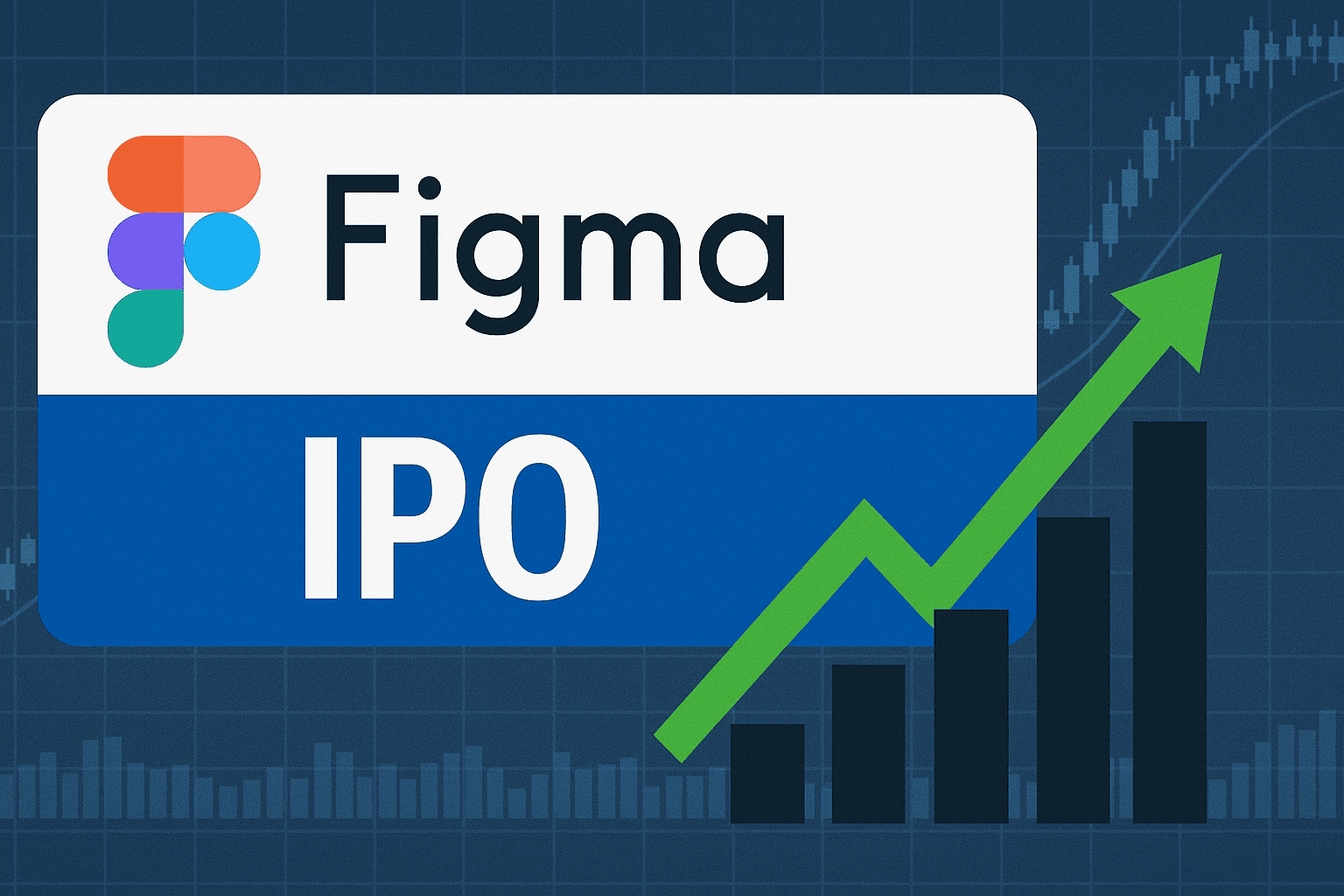In the world of retail business, competition can play a significant role in how well a company sustains itself. All retailers realize they are subject to the whims of consumers. Because of this, retailers need to stay on the cutting edge in their industry to ensure they have steady growth earnings so they can continue to thrive.
In the last decade, box retailers have continued to struggle with how to maintain their footing as consumers have shifted to online shopping as one of the primary ways they purchase goods. That is why strong online marketing for all retailers should be considered a priority.
Staying Up to Date With Internet Marketing
There are many ways that retailers are making inroads against the competitive mega retail platforms, and the biggest is through strong internet marketing. Most consumers in America today do some searching online before they shop, so having a strong online retail presence is vital to capturing a portion of that consumer market.
Since some of the major online multi retail platforms focus only on online marketing, it is essential for retailers of all sizes to establish a strong competitive online sales base to ensure they tap a portion of this significant retail market.
According to a Pew Research study, 8 out of 10 retail consumers are shopping online for at least some of their personal and household needs. This is a significant boost since the year 2000, when that amount was just over 2 out of 10 retail consumers. This shows a substantial shift in the way people are shopping and the direction that retailers must go to remain competitive.
Increase Your Internet and POS Payment Options
One of the significant shifts for some retailers has been an increase in the options associated with how consumers can pay for their purchases. When it comes to online purchases, many retailers have expanded their payment options for their customers. Online shopping often allows consumers to pay with a credit or debit card, or the use of a payment company such as PayPal.
These options have allowed greater flexibility for buyers to choose how they wish to transfer their funds to the retailer. These platforms are easy to use and have allowed retailers of all sizes to tap consumers in the ways they receive and dispense of their money.
The Use of Retail PLM Software
One of the most important aspects of any retailer is planning to market products with the total product lifecycle in mind. Since every retail item sold has a cycle from conception and production to distribution as a newly stocked premier product, planning correctly for the life cycle can be essential to profits.
In the highly competitive retail market, many retailers are finding their niche in the creation of their own brand label products to keep them above the profit curve. This is where Product Lifecycle Management for the retail industry, also known as retail PLM and Product Lifecycle Management software, can become a vital tool for industry growth.
Lifecycle Management retail software ensures retailers that the entire process of product creation and distribution are streamlined. The software helps retailers stay on track with their retail lines every step of the way, from product conception and packaging to product chain distribution, marketing, and finally, consumer sales.
The Benefits of Learning More About Product Lifecycle Management Software
If your company is looking for the best software to assist in workflow solutions for your retail business, then the use of effective Product Lifecycle Management for retail is your best solution. The software provides retailers the ability to monitor and manage all their retail sourcing and supply chain functions anytime they need it.
The software is essential for better planning of tasks and resource maneuvering of products and distribution. Learning more about how this valuable tool can increase your company’s productivity can be the beginning of recognizing higher profits and retail efficiency.




